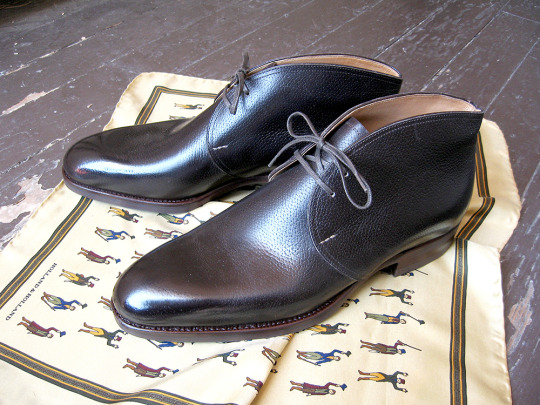
Much like suit jackets and sport coats – which can look dramatically different depending on their silhouette – the shape and cut of a shoe can be just as important as its general style and color. I don’t think I really appreciated this until I recently received a pair of Saint Crispin’s chukkas. When I originally ordered, I was worried that these might be too similar to another pair of chukkas I own from Crockett & Jones – specifically their Brecon model (available at Pediwear, although Ben Silver has better photos). When put side-by-side, however, you can see that the two couldn’t be any more different.
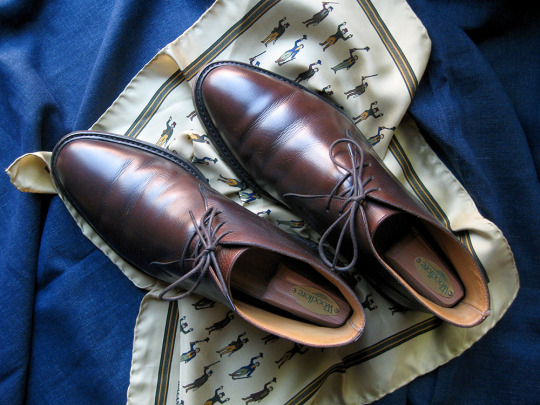

The most obvious difference is in the last – that wooden form over which leather is pulled in order to give the material shape. The C&Js are made on the company’s 341 last, which features a nice, almond-shaped toe. I like that it has a conservative sense of style without being overly bulbous.
The Saint Crispin’s, on the other hand, are built on their much sleeker Classic last. Despite how things appear in the photographs, these actually aren’t any longer than the C&Js. The body and toe box are just narrower, giving the boots a slimmer and sleeker profile. And surprisingly, although they fit much snugger than the Brecons, they’re just as comfortable.
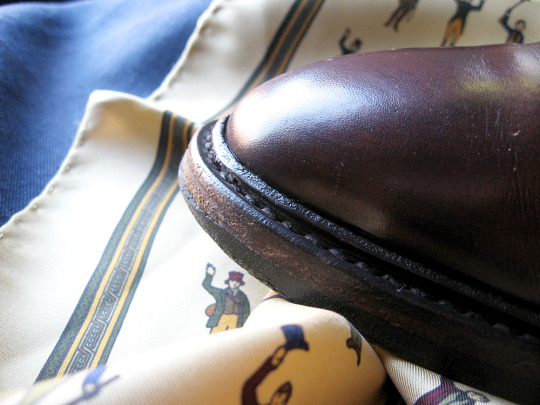
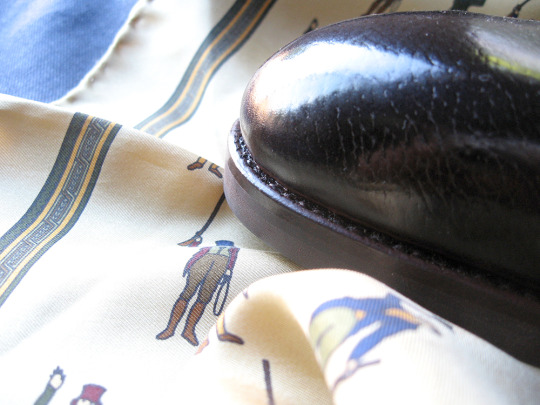
Some of the difference can be accounted for in the welting process. The Brecons are machine-welted through a Goodyear machine, while the Saint Crispin’s have been hand assembled. This allows Saint Crispin’s to trim the sole much closer to the uppers, as they don’t have an exterior welt. As a result, the sole on the Saint Crispin’s almost disappears from view when seen from above, while the C&Js have a noticeable ridge that sticks out from the perimeter.

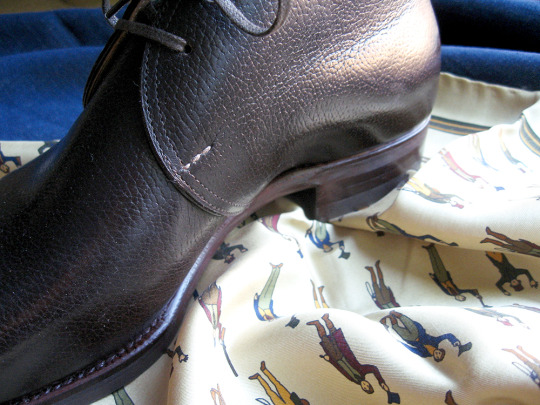
There’s also the waist treatment, which on the Saint Crispin’s, gives the boots a more sophisticated sense of shaping than a pair of shoes that only relies on a sleek last. Here, the waist curves in, so that it hugs the arch of the foot. This allows the ball of the boot to look a little more dramatic as it sweeps out. The waist on the C&Js, on the other hand, is just as you’d find on any Goodyear welted shoe. It curves in, but not nearly as deep or high.
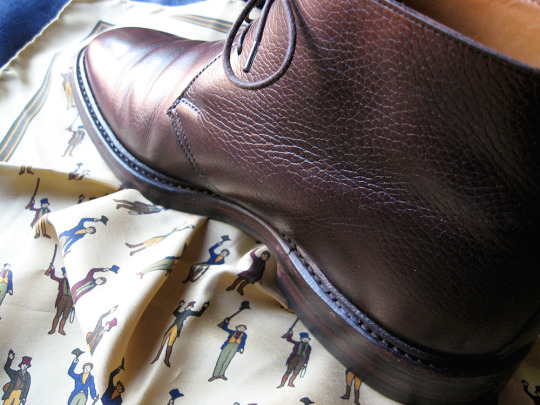
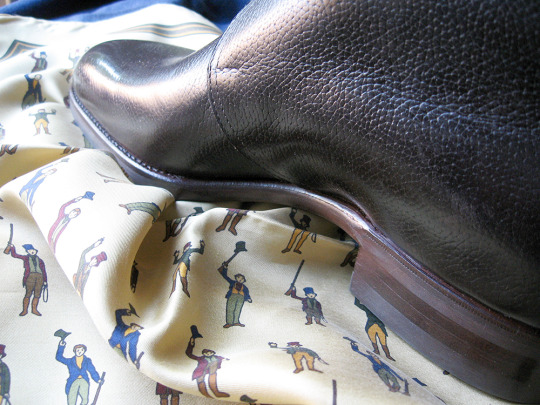
Some shots of the same waists, but taken from the back.
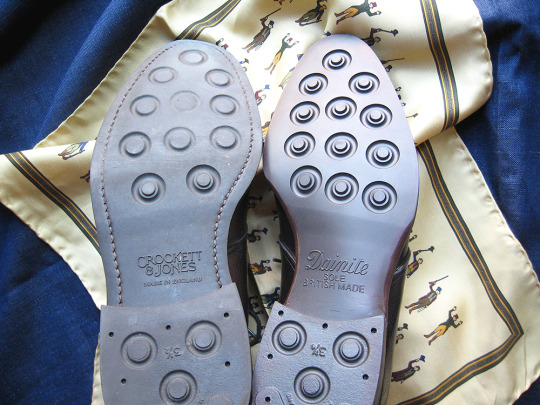
You can really appreciate the difference when you view the shoes from below. The waist on the Saint Crispin’s is almost a third of the size smaller than the C&Js. Also, there’s no visible stitching, making this something like a rubber version of a channeled sole.
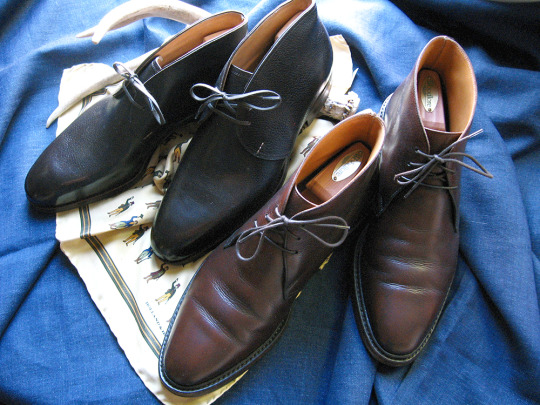
This isn’t to knock the C&Js, of course. In fact, I count them as some of my favorite boots. The slightly more conservative shaping makes them easier to pair with a wide range of trousers – from dressy flannels to casual jeans. If you needed a versatile pair of shoes, you’d be hard pressed to find a better model.
The Saint Crispin’s, on the other hand, are much more striking. And although the basic stylistic details are the same – chukka boots made from dark brown, textured leather and built on studded, Dainite soles – they couldn’t be more different. They only really feel right under slim, tailored trousers, but hot damn – they look so much better when they’re worn.
Incidentally, these were bought through M Classic, which I was introduced to thanks to Gentlemen’s Footwear. They were kind enough to have these boots remade after Saint Crispin’s attached the wrong sole (they used a double leather sole instead of Dainite). If you’d like to buy the original boots, they’re available at M Classic for a slightly discounted price. The size is listed as 7.5F but I find these to fit my 9D feet. Should you have any concerns, you can contact M Classic. The guys there provide excellent service and I can’t recommend them enough.
